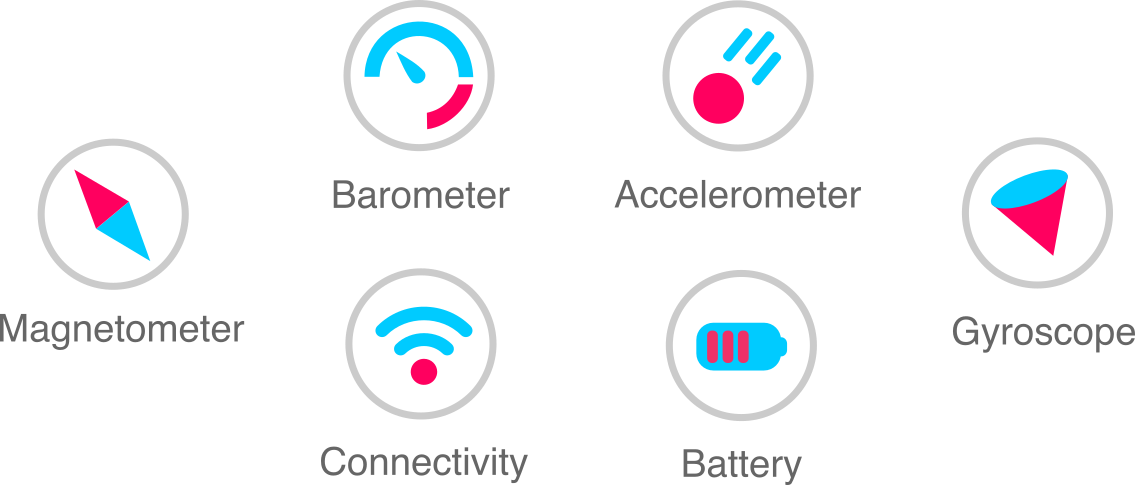Sensor and system services
We've just merged a pull request introducing 10 new device and platform services to the Flet SDK, significantly expanding access to hardware sensors and system capabilities.
New sensor services
- Accelerometer – Reads raw acceleration along the X, Y, and Z axes, including gravity.
- Barometer – Provides atmospheric pressure readings useful for altitude estimation.
- Gyroscope – Measures device rotation around each axis.
- Magnetometer – Detects magnetic field strength, commonly used for compass functionality.
- UserAccelerometer – Reports acceleration data with gravity filtered out for cleaner motion detection.
New system services
- Battery – Monitors battery level, charging state, and power source changes.
- Connectivity – Detects network status and connection type (Wi-Fi, mobile, offline).
- ScreenBrightness – Allows reading and adjusting the device screen brightness.
- Share – Invokes the system share sheet to share text, files, or URLs.
- Wakelock – Prevents the device screen from dimming or sleeping while active.
